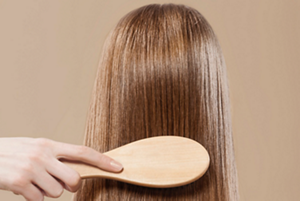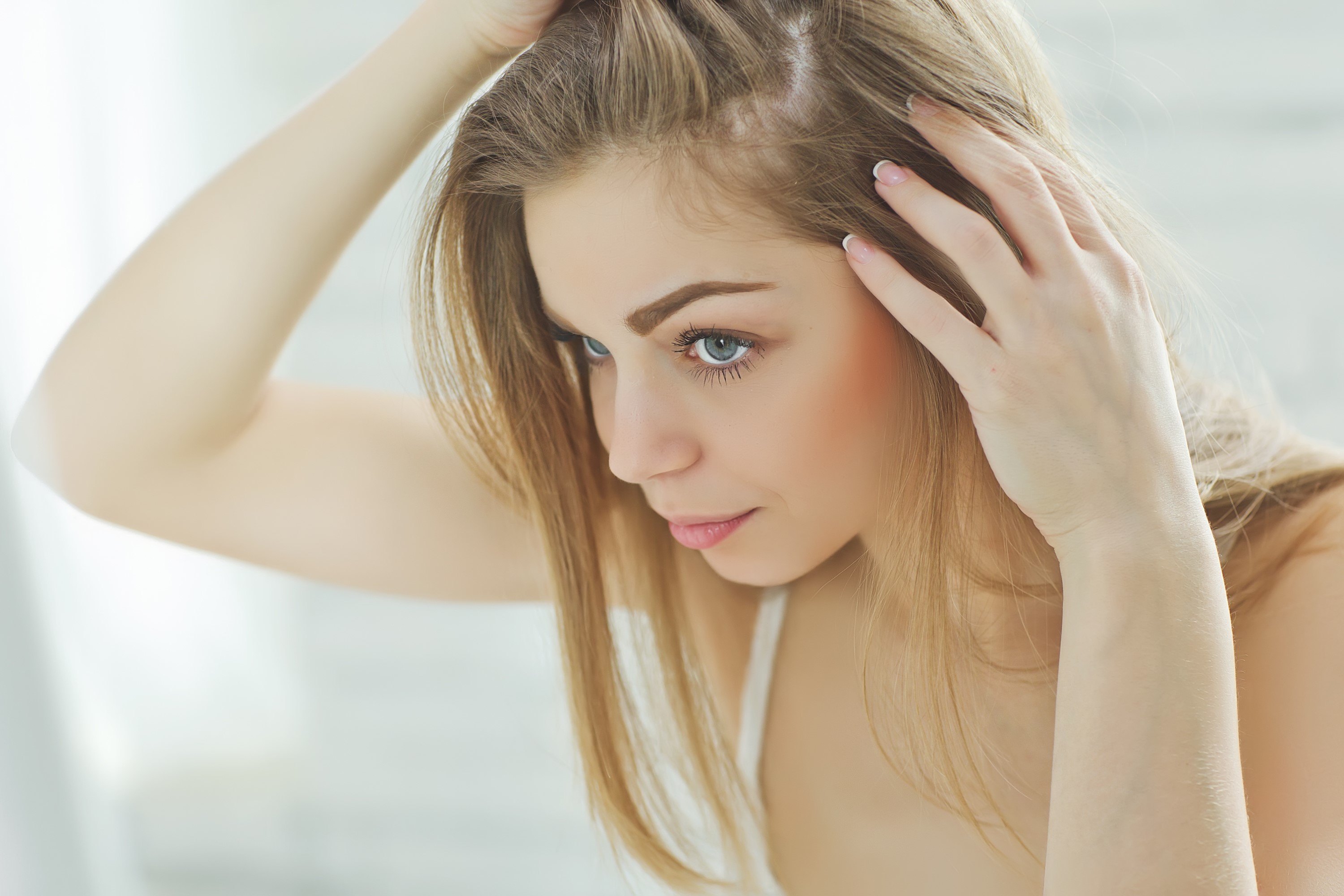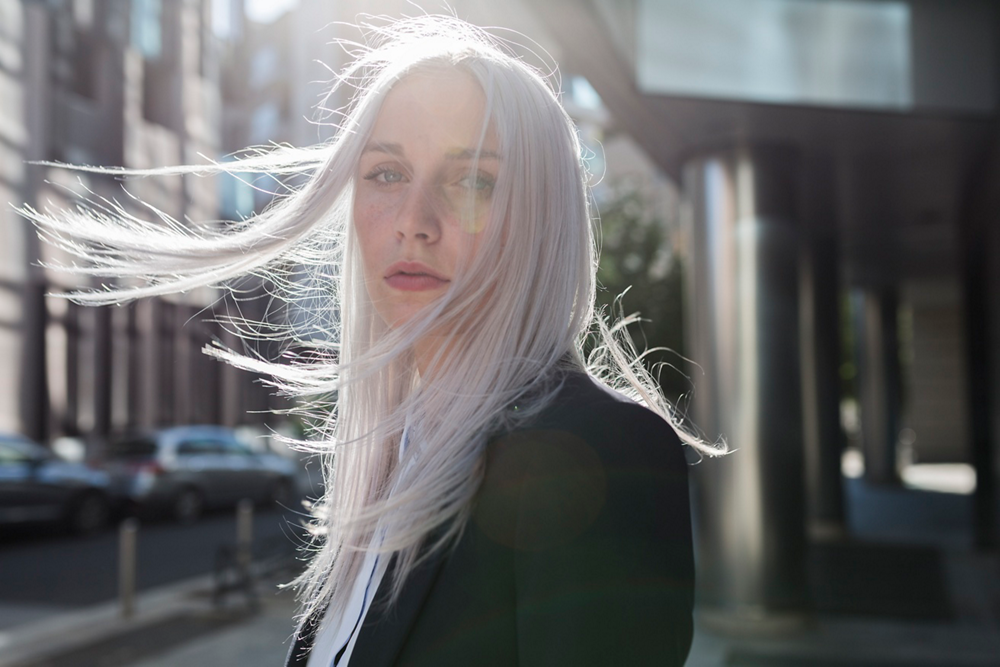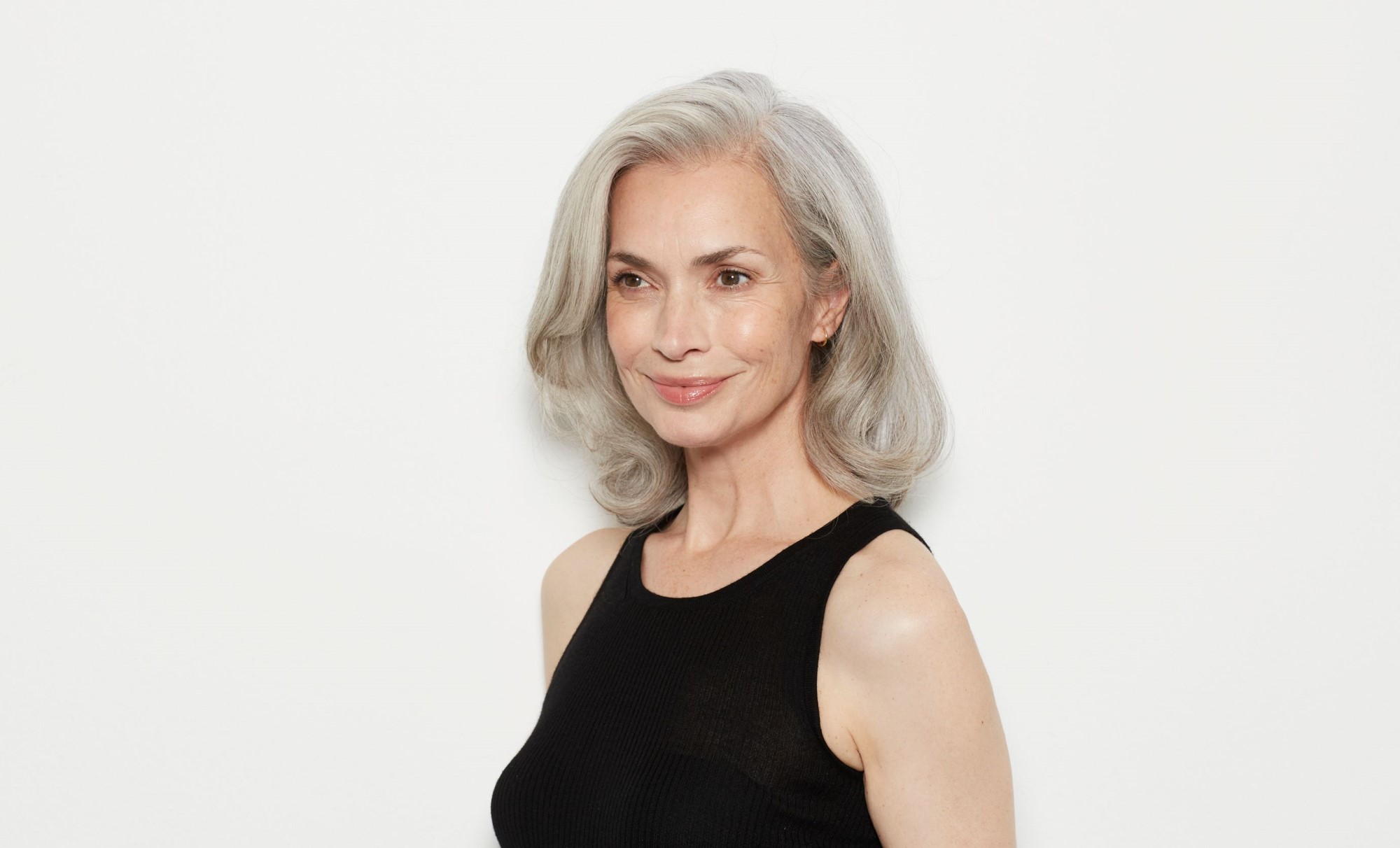-
- PRODUCT TYPE
- Shampoo
- Conditioner
- Treatments
- Stylers & Finishers
- Colour
- View All
HOW TO DEAL WITH THIN OR FINE HAIR
No matter your age or your hair type, thin, fine hair can affect anyone - and it’s a common complaint. According to the NHS, around 8 million women in the UK experience hair loss, and Harvard Health Publishing estimates that around a third of women will be affected at some point in their lives.
It’s normal to lose hair – and every day we can lose 50-100 hairs without even noticing. However, if you’re looking to make your fine hair look thicker, we’ve got a comprehensive guide to making the most of your hair.
What’s the difference between fine and thin hair?
It’s important to understand the difference between fine and thin hair – fine hair describes your hair’s texture and the diameter of your strands, and thin hair describes the overall density of your hair.
Fine hair means that your strands of hair are thin, but there can often be plenty of follicles on your scalp. You may have been told by your hairdresser, ‘You’ve got fine hair, but lots of it.’
Thin hair refers to the amount of hair you have on your scalp – you may have fewer follicles per square inch.

Do I have fine or thin hair?
A quick way of working out if you have fine hair is to compare one of your hairs to a length of thread. If your hair strand is thinner than the thread, that may mean you have fine hair. Fine hair can also feel different to coarser hair types – it may feel silkier and flatter after washing, and may not hold up so easily in a ponytail.
Another test is to roll a single strand of hair in between your thumb and forefinger. If you can’t feel the strand, you may have fine hair.
If you have thin hair, you may notice that your hair feels lighter, and you may begin to see more of your scalp under bright lights. You may also notice your hair part starting to widen.
What causes hair thinning and hair loss?
There’s no one answer to explain what causes hair loss – but it can be related to a variety of factors.
If you’re noticing you’re losing more hair than usual, we’d advise that you seek NHS guidance and visit your GP to find out how you can treat the issue.

How can I make my thin hair look thicker?
There are plenty of ways to boost the look of thin hair – and you can approach this from two different ways. You can update your hair care routine, and the hairstyles you wear.
Remember that if you have fine hair, you only need to wash your hair 2-3 times a week – use dry shampoo for the days in between washes, and brush through your hair to mop up any excess oil.
Hair care for thin, fine hair
Hairstyles for thin hair to add volume
We’ve written a definitive guide on hairstyles for fine hair, but it’s always worth mentioning some of our favourite styles to add volume and definition to fine hair.

How to prevent thin hair
Sometimes there’s no way to prevent thin hair - however, you can start good habits early to discourage thinner hair later in life.




